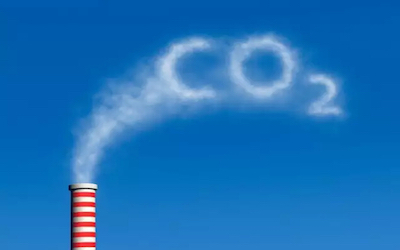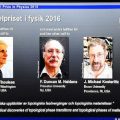PTE考生目前最大的问题之一就是练习题缺乏。除了有限的基本官方书(PLUS,Testbuilder, OG)之外就没有题了。很多英语基础不是很扎实的同学很难找到练习材料。悉尼文波雅思PTE培训学校专门为澳洲,尤其是悉尼、墨尔本的PTE考生准备了适合PTE听力阅读练习的科学60秒。各位PTE同学可以练习PTE听力中的summarise spoken text和PTE口语中的retell lecture,练习记笔记技巧和复述。
听力内容:
60秒科学节目(SSS)是科学美国人网站的一套广播栏目,英文名称:Scientific American – 60 Second Science,节目内容以科学报道为主,节目仅一分钟的时间,主要对当今的科学技术新发展作以简明、通俗的介绍,对于科学的发展如何影响人们的生活环境、健康状况及科学技术,提供了大量简明易懂的阐释。
This is Scientific American — 60-Second Science. I’mJulia Rosen.
“We’re hearing a lot of the arguments against actionon reducing CO2 being based on, ‘well CO2 washigher in the past, so we don’t have to worry aboutit.‘”
Gavin Foster, a geochemist at the University ofSouthampton. But Foster says that’s a flawed argument. For starters, just how far back intime do you have to look to find CO2 concentrations like what we expect to see in the future, and does it even make sense to compare the levels now and then?
To answer these questions, Foster and his colleagues reconstructed the history of atmosphericcarbon dioxide for the last 420 million years. They compiled roughly 1,500 estimates of CO2 concentrations from 112 previous studies. When the researchers combined these data, theyfound that atmospheric carbon dioxide went up and down over time, but that, in general, itgradually declined from almost 3,000 parts per million down to less than 300 parts per millionbefore humans started burning fossil fuels.
However, we have already started to reverse that trend. If we continue on a business–as–usual scenario, by the middle of this century, CO2 could reach levels not seen in 50 millionyears, according to Foster’s reconstruction. That’s long before humans evolved, back whenthe climate was much warmer and there were no large ice sheets at the poles. If we continueon that trajectory, by the year 2250, concentrations could approach what they were in theTriassic, 200 million years ago, when dinosaurs roamed the Earth.
But greenhouse gases aren’t the only factor impacting Earth’s climate. The sun also plays amajor role. It’s grown brighter over time, offsetting most of the cooling related to droppingCO2 levels, Foster’s team found. And that fact has important implications for modern climatechange. Because while we’re headed toward a world with CO2 levels similar to what they werein the distant geologic past, it won’t just be like rewinding the clock.
“So, because the sun is now brighter than it was 200 million years ago, or 400 million yearsago, that radiative forcing from CO2 in the future is going to be that much more potent. Andthat, we thought, was quite a strong message that hadn’t been noted before.”
The findings are published in the journal Nature Communications.
Foster stresses that this isn’t a vision of what will be, but what could be. “It’s more ofcautionary note that, in the absence of any action, we will be entering a world quite rapidly—inthe next 150 years—where the climate is receiving a magnitude of forcing that, as far as weknow, it hasn’t received for 420 million years…it’s outside the bounds at which the Earth isnormally functioning. Doesn’t sound like a good place to be to me.”
Thanks for listening for Scientific American — 60-Second Science Science. I’m Julia Rosen.
墨尔本悉尼霍巴特文波PTE原创首发
更多精彩请持续关注微信wenbo_tv3。





